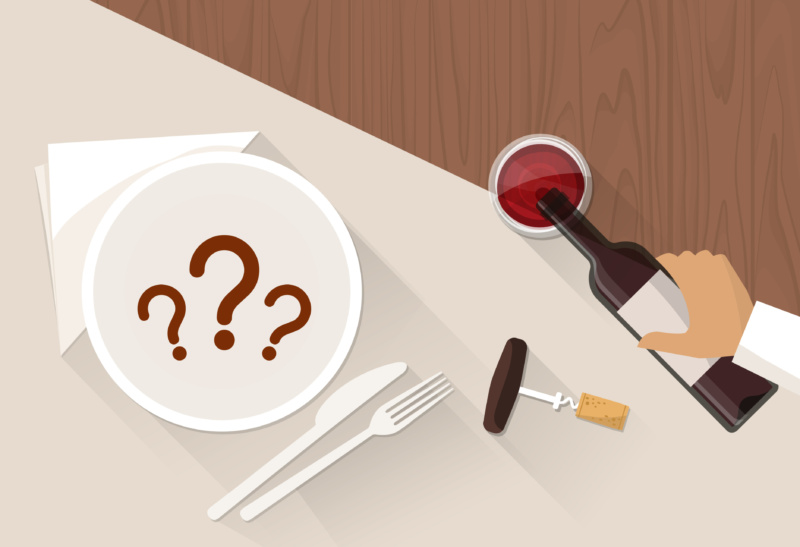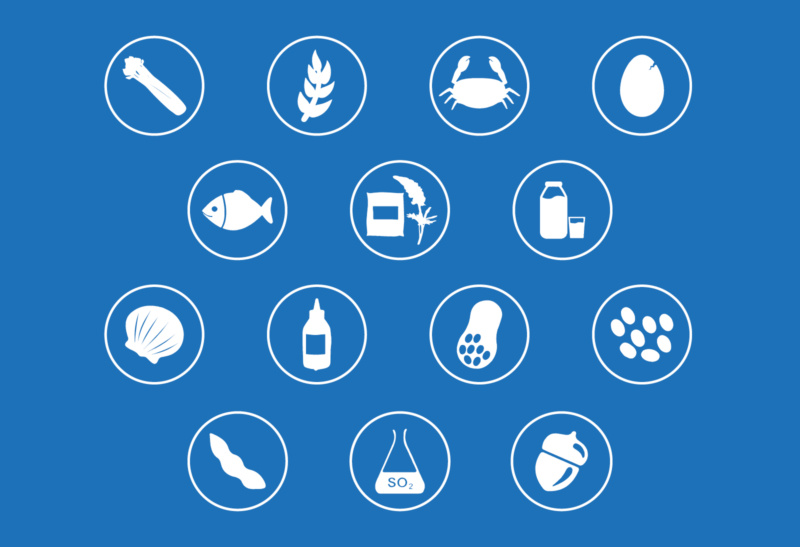So, with all the turbulence we’ve endured over the last 12 months, over the last few years in fact, are we seeing green shoots in the hospitality sector? Or, are we still wading around in the mire of rising costs, sluggish consumer demand, tight purse strings and skill shortages?
I’ve been monitoring what some of the key out of home research agencies have been saying lately, to figure out what this means in terms of a prognosis for the out of home sector, and offer up some advice on what on what you can do to navigate these changes. Now that CPI (Consumer Price Inflation) is slowing, there are expectations of falling interest rates, and we’ve officially exited recession (as announced by the Office for National Statistics announced back in May 2024), wouldn’t it be nice to be able to put on our rose-tinted glasses and bask in the sunshine of a warmer economic climate.
But is it that simple?
What’s been going on in the eating out market?
The eating out of home sector has indeed been plagued by rising labour costs, food inflation and low to volatile consumer confidence for some time. This has meant that our old friend ‘value for money’ has been dominating consumer choices when they eat out of home, and promotions, deals and loyalty schemes have been the name of the game. Low-ticket sectors like quick service retail have been growing, alongside lunch, ‘on the go’, drinks only occasions and inexpensive treats – what many call ‘the lipstick effect‘. This has all been at the expense of dinner, full service restaurants and independents. Last year the picture was exacerbated even more by rail strikes and wet weather.
Consumers have “pulled in their horns”, and the frequency with which they have been eating out has been flat. Whilst spend has increased, this is in fact a red herring in the sense that growth in spend and revenues has been below the rate of inflation.
The only redeeming factors have been that for most of us eating out remains an ingrained habit, and some people who stopped eating out because of the pandemic, have gradually re-entered the market, returning to city centres, public transport and workplaces, so the percentage of people eating out has been slightly growing.
And what has this all meant for the out of home sector?
Margins have been under incredible pressure across the supply chain, public sector budgets have been squeezed and the level of closures across the sector has sadly rocketed. UKHospitality tell us that eight sites a day were closing in 2023, and although this has decreased to four, that’s still 1 in 40 venues closing their doors in the 12 months to May 2024, and a contraction of 2.5% in the hospitality sector overall.
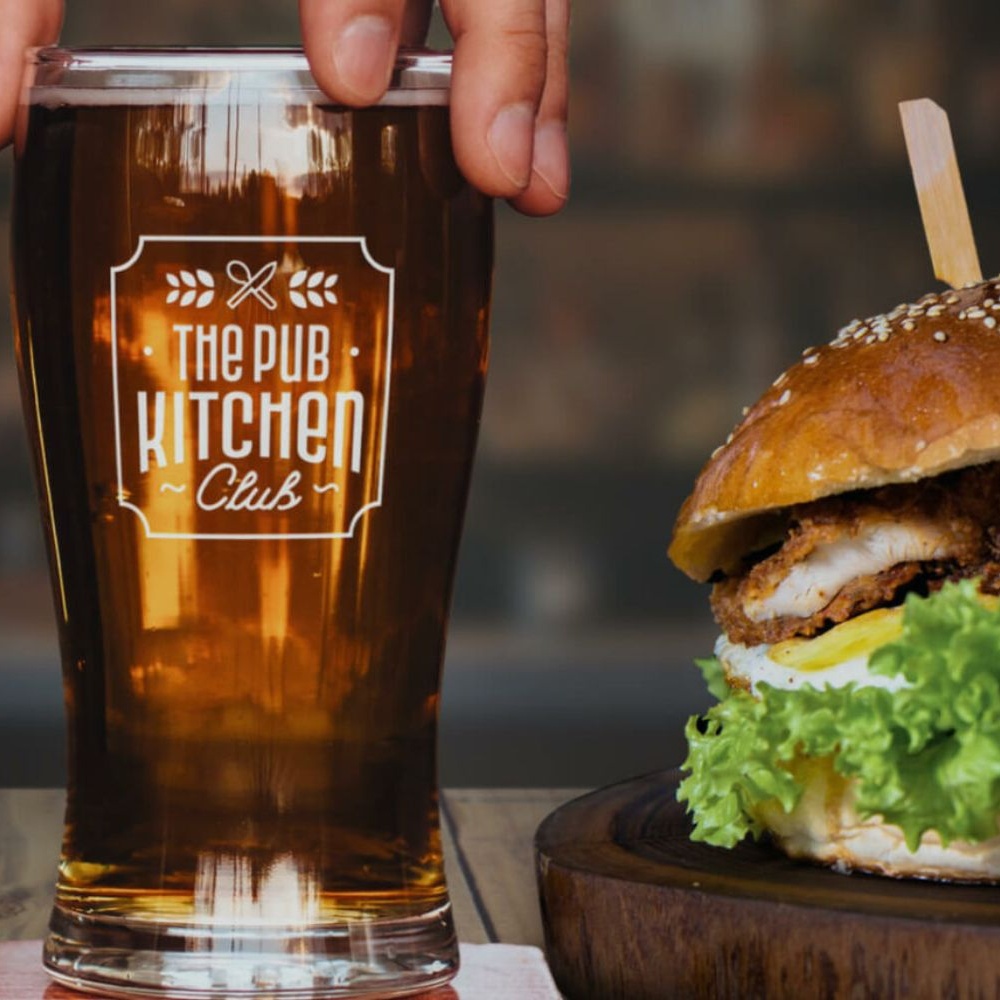
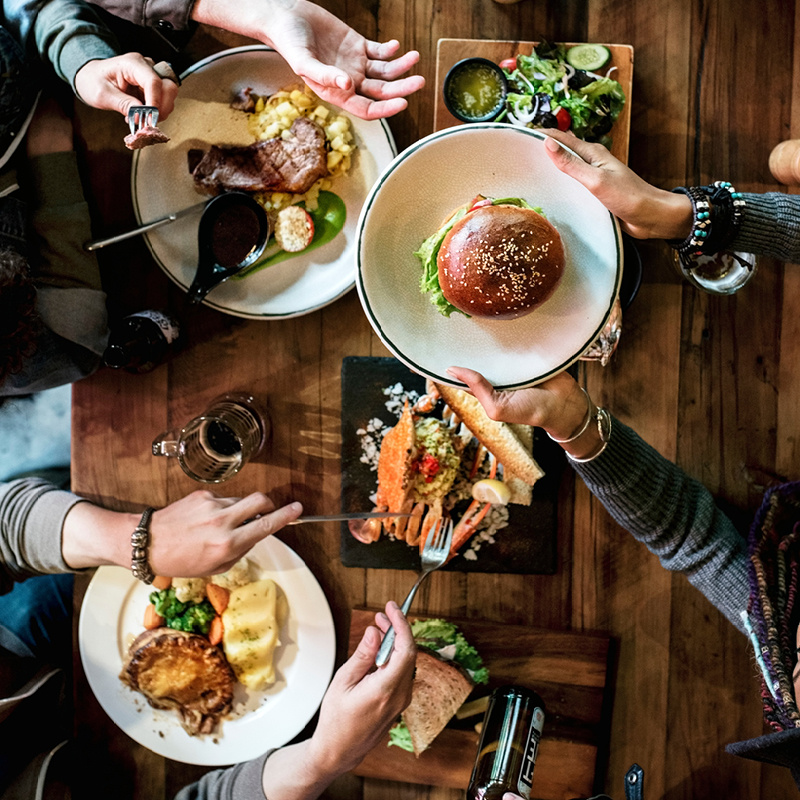
So, where is the eating out market headed?
Consumer confidence is improving but is still fragile and highly susceptible to bad news. The Independent reported that the number of British homes failing to pay energy bills increased by 40% last year, and the Office of National Statistics highlighted that direct debit failures were up by +7% in June 2024 compared to the previous year. Not surprising as the impact of interest rates affects more and more households – the Office of National Statistics found in survey in June 2024 that 42% were finding it very or somewhat difficult to afford their rent or mortgage payments
It’s no wonder then that consumers remain cautious with their spending. A Mintel/Kantar survey in February 2024* reported that 76% expect to spend the same or less on food in restaurants and takeaways in 2024 compared with 2023 – only 12% felt they would spend more. They also found a similar picture for going to pubs and nightclubs, as well as spending on leisure and entertainment.
Most of those who forecast growth of the out of home sector put it at somewhere between 2.8% and 3.7% for 2024. CPI (excluding owner occupiers’ housing costs and Council Tax) is currently standing at 2% and RPI at 2.9%, and the Bank of England expect this to ‘increase slightly’ in the second half of 2024. So, these out of home forecasts suggest that the growth we will see will be barely ahead of inflation.
Which types of eating out values are expected to fare better? We’re certainly seeing businesses serving an on-the-go offer thriving at the moment, along with those serving consumers going back to work, using more transport and going on holidays again.
There’s investment in transport hubs, expansion of managed estates, in technology that focuses on frictionless transactions, and in design and décor to elevate the consumer journey and experience. Premium casual dining, and experience-based venues, contemporary fast food and market halls all seem to be buoyant at the moment, along with leisure sectors like competitive socialising. However, in the medium-term, some predict a resurgence of pubs and restaurants. Population shifts are also a factor as our nation moves towards an older demographic.
By 2026, the Office of National Statistics are predicting we’ll see -2.8% children 14 or under, but growth of 15 to 29 year olds (+2.2%) and an incredible 7% more 75’s and over. This will fuel the need for senior care and reduce the need for places in schools. Lumina Intelligence have suggested from their Eating and Drinking Out Panel data that older consumers are still returning to the out of home sector, and 25 to 34s, who are the most engaged in eating out, have bounced back.
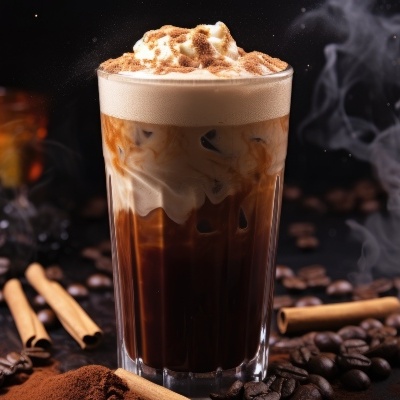
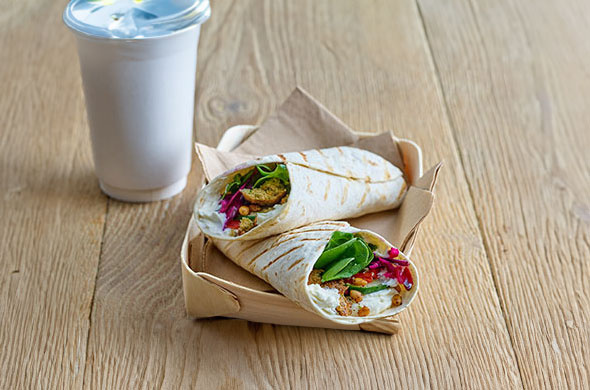
What sorts of things are consumers choosing to consume when they eat out?
Lumina Intelligence put the % of consumers who are non-drinkers at 14.8%, and this trend continues to increase, driven by younger and more health-conscious consumers. Dinner too has started to make a comeback, which can only be good news for the sector, give the higher spend associated with eating out at that time of day.
Surely no-one can have missed the explosion in innovation in the hot and also cold drinks sectors. There’s a bewildering choice of premium coffees, mochas, chocolates that look like small works of art, great examples of the “lipstick effect” which is still clearly driving consumer choice in the eating out market.
If this area is new to you, here are 5 considerations when setting up your coffee concept.
Top takeaways for the eating out market
So what opportunities and outtakes does this all point to? There are many you could draw from all the above, but to keep things simple, here are my top 4…
1. Value for money is still on the menu
Along with quality, experience, and health. Value is not the same as cheap, and doesn’t have to limit your ability to encourage consumers to spend (see point 2). Nevertheless, creating the perception of value with targeted promotions, deals and loyalty schemes, and taking advantage of that lipstick effect, with low-cost, exciting on-the-go treats will go a long way in tempting cautious spenders through your doors.
For example, here’s how to elevate hot and cold drinks with syrups, and how to increase the profitability of your menu.
2. Elevate the experience for your customers
Consumers are increasingly looking for that little escape, adventure or indulgence to transport them from the everyday, whatever the daypart.
Whether that’s by highlighting the quality of the ingredients on your menu, creative presentation and décor, or giving them something they’ve never tried before, even a twist on a dish or drink will tempt them to spend a little more and differentiate you from the competition.
3. Cater for non-drinkers
Whether you’re talking in the on-trade, or in coffee shops and on the go, non-drinkers continue to grow with 18 to 24s most likely to look for non-alcoholic alternatives, and 25 to 34s looking for more health conscious options. So do make sure you have some enticing options non-alcoholic drinks and/or hot drink options available to capitalise in the growth of these areas in the eating out market.
Find top tips in our previous blog: How to make your dry January offering exciting.

4. Stay tuned
Keep a watchful eye on consumer trends and also on evolving government policies and legislation. Our website and social media channels are an easy way to stay informed.
The Labour manifesto committed to a Child Health Action Plan that will ‘create the healthiest generation of children ever.’ Amongst their key commitments were: 1. Banning junk food advertising to children, 2. Introducing breakfast clubs for all primary school children and 3. stopping the targeting of school children by fast food outlets. As any changes in policy direction start to emerge, you can of course head to our website for advice and support tools: Legislative support | Bidfood UK.
And of course, in the coming months we will be sharing our predictions on the food and drink trends that will be shaping consumer choices in 2025 here: Top food and drink trends – Bidfood.
If we’ve learned one thing since 2020, it’s that the eating out market never stands still and throws challenges at us from every direction for us to navigate and reflect on menus.
I guess that’s what makes it such a fascinating sector to work in!
Bidfood are a wholesale food supplier inspired by our customers, find out how we help foodservice businesses here.
* Source: Mintel British Lifestyles, 2024
